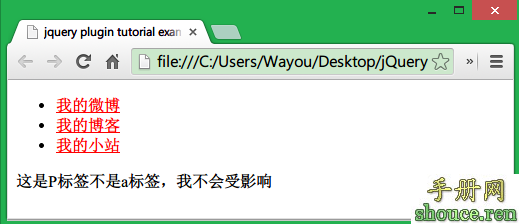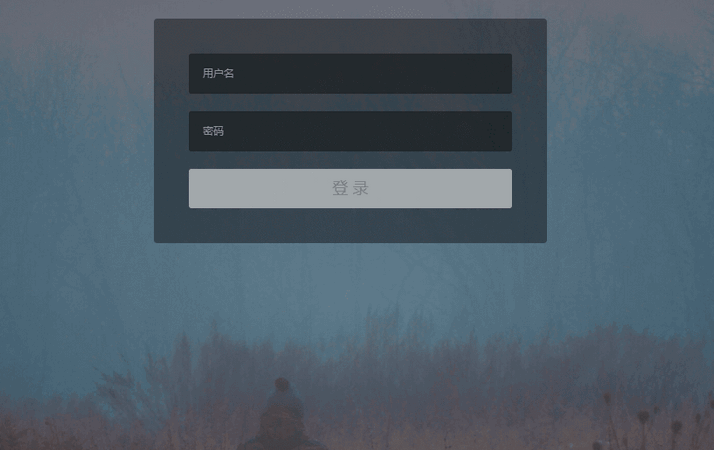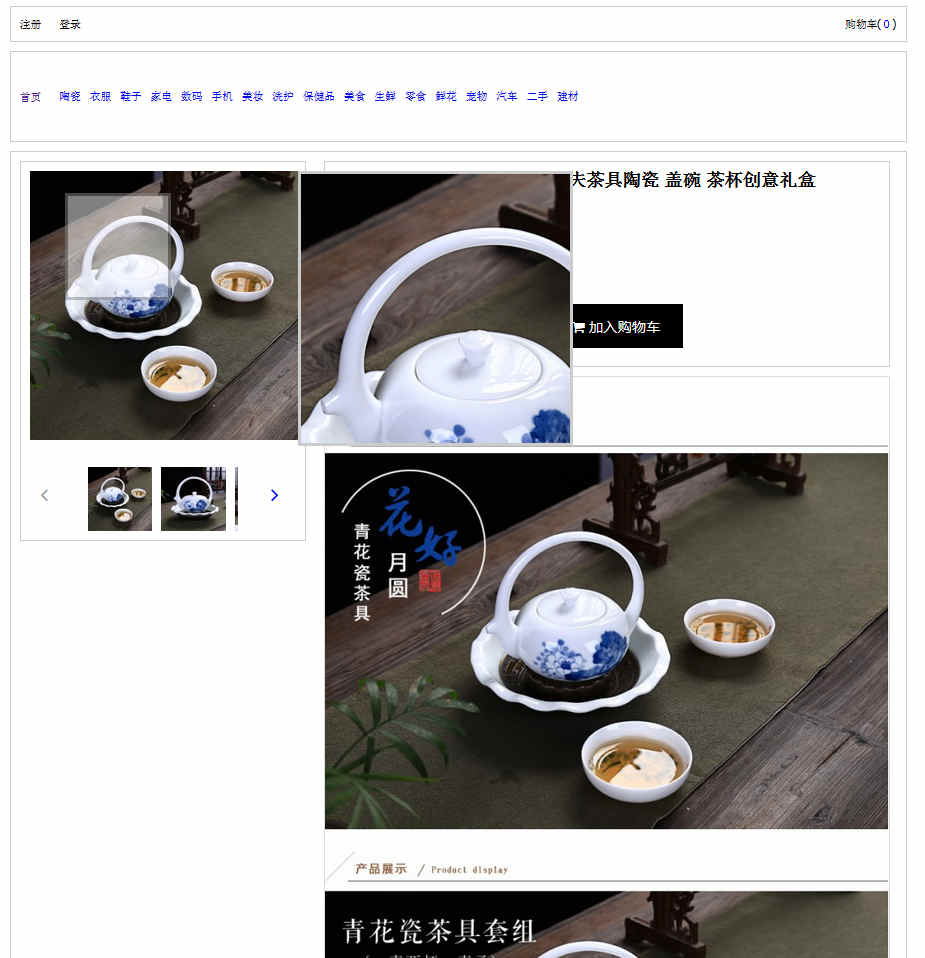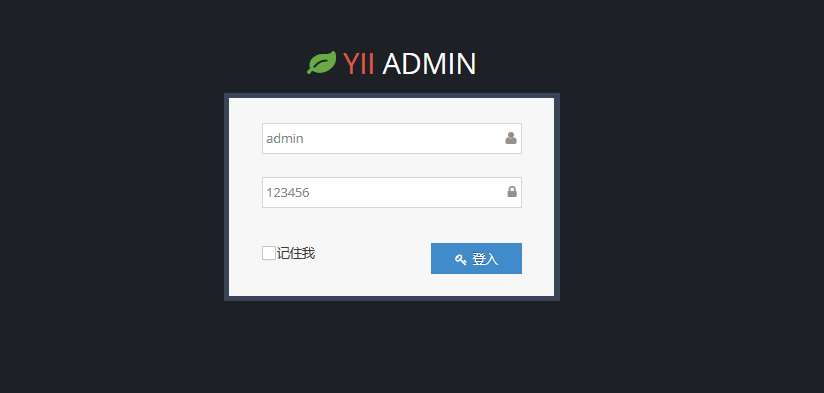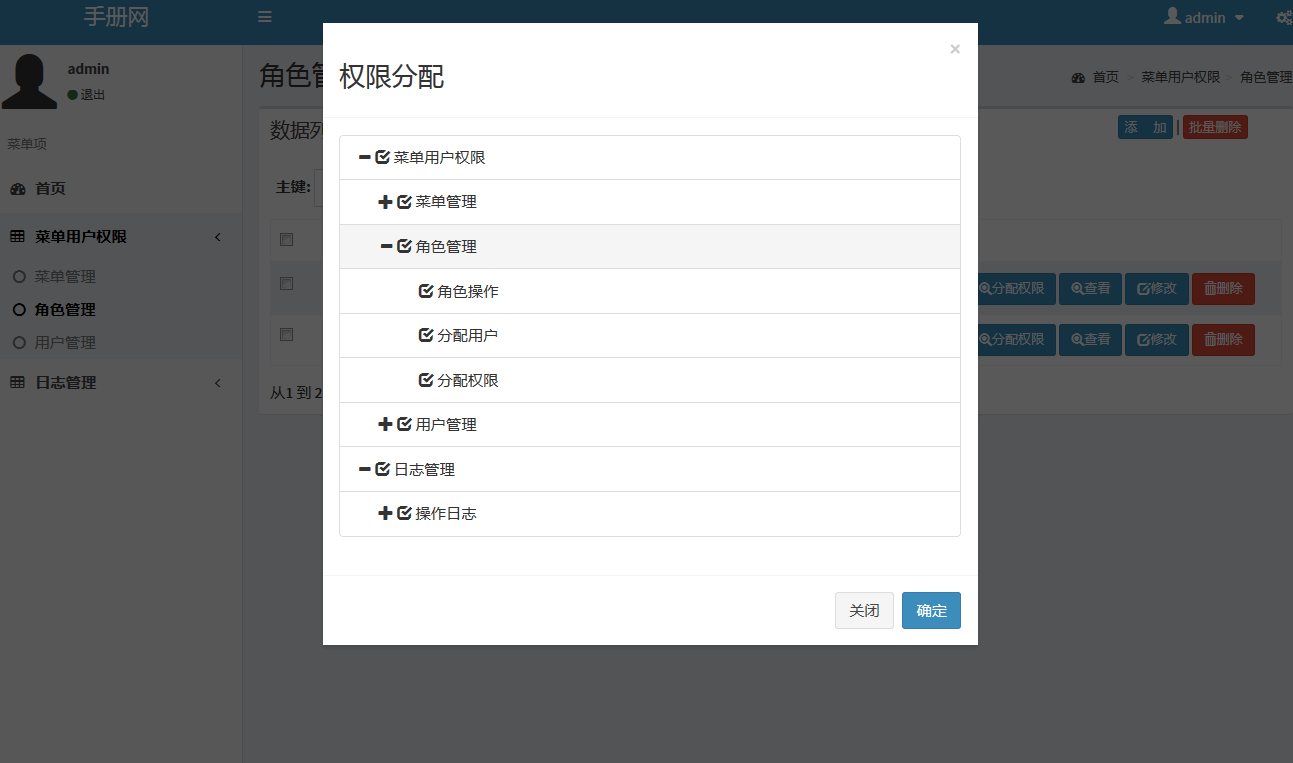Android OpenGL ES 开发教程(6):GLSurfaceView
Android OpenGL ES 相关的包主要定义在
- javax.microedition.khronos.opengles GL 绘图指令
- javax.microedition.khronos.egl EGL 管理Display, surface等
- android.opengl Android GL辅助类,连接OpenGL 与Android View,Activity
- javax.nio Buffer类
其中GLSurfaceView 为android.opengl 包中核心类:
- 起到连接OpenGL ES与Android 的View层次结构之间的桥梁作用。
- 使得Open GL ES库适应于Anndroid系统的Activity生命周期。
- 使得选择合适的Frame buffer像素格式变得容易。
- 创建和管理单独绘图线程以达到平滑动画效果。
- 提供了方便使用的调试工具来跟踪OpenGL ES函数调用以帮助检查错误。
使用过Java ME ,JSR 239 开发过OpenGL ES可以看到 Android 包javax.microedition.khronos.egl ,javax.microedition.khronos.opengles 和JSR239 基本一致,因此理论上不使用android.opengl 包中的类也可以开发Android上OpenGL ES应用,但此时就需要自己使用EGL来管理Display,Context, Surfaces 的创建,释放,捆绑,可以参见Android OpenGL ES 开发教程(5):关于EGL 。
使用EGL 实现GLSurfaceView一个可能的实现如下:
- class GLSurfaceView extends SurfaceView
- implements SurfaceHolder.Callback, Runnable {
- public GLSurfaceView(Context context) {
- super(context);
- mHolder = getHolder();
- mHolder.addCallback(this);
- mHolder.setType(SurfaceHolder.SURFACE_TYPE_GPU);
- }
- public void setRenderer(Renderer renderer) {
- mRenderer = renderer;
- }
- public void surfaceCreated(SurfaceHolder holder) {
- }
- public void surfaceDestroyed(SurfaceHolder holder) {
- running = false;
- try {
- thread.join();
- } catch (InterruptedException e) {
- }
- thread = null;
- }
- public void surfaceChanged(SurfaceHolder holder,
- int format, int w, int h) {
- synchronized(this){
- mWidth = w;
- mHeight = h;
- thread = new Thread(this);
- thread.start();
- }
- }
- public interface Renderer {
- void EGLCreate(SurfaceHolder holder);
- void EGLDestroy();
- int Initialize(int width, int height);
- void DrawScene(int width, int height);
- }
- public void run() {
- synchronized(this) {
- mRenderer.EGLCreate(mHolder);
- mRenderer.Initialize(mWidth, mHeight);
- running=true;
- while (running) {
- mRenderer.DrawScene(mWidth, mHeight);
- }
- mRenderer.EGLDestroy();
- }
- }
- private SurfaceHolder mHolder;
- private Thread thread;
- private boolean running;
- private Renderer mRenderer;
- private int mWidth;
- private int mHeight;
- }
- class GLRenderer implements GLSurfaceView.Renderer {
- public GLRenderer() {
- }
- public int Initialize(int width, int height){
- gl.glClearColor(1.0f, 0.0f, 0.0f, 0.0f);
- return 1;
- }
- public void DrawScene(int width, int height){
- gl.glClear(GL10.GL_COLOR_BUFFER_BIT);
- egl.eglSwapBuffers(eglDisplay, eglSurface);
- }
- public void EGLCreate(SurfaceHolder holder){
- int[] num_config = new int[1];
- EGLConfig[] configs = new EGLConfig[1];
- int[] configSpec = {
- EGL10.EGL_RED_SIZE, 8,
- EGL10.EGL_GREEN_SIZE, 8,
- EGL10.EGL_BLUE_SIZE, 8,
- EGL10.EGL_SURFACE_TYPE, EGL10.EGL_WINDOW_BIT,
- EGL10.EGL_NONE
- };
- this.egl = (EGL10) EGLContext.getEGL();
- eglDisplay = this.egl.eglGetDisplay(EGL10.EGL_DEFAULT_DISPLAY);
- this.egl.eglInitialize(eglDisplay, null);
- this.egl.eglChooseConfig(eglDisplay, configSpec,
- configs, 1, num_config);
- eglConfig = configs[0];
- eglContext = this.egl.eglCreateContext(eglDisplay, eglConfig,
- EGL10.EGL_NO_CONTEXT, null);
- eglSurface = this.egl.eglCreateWindowSurface(eglDisplay,
- eglConfig, holder, null);
- this.egl.eglMakeCurrent(eglDisplay, eglSurface,
- eglSurface, eglContext);
- gl = (GL10)eglContext.getGL();
- }
- public void EGLDestroy(){
- if (eglSurface != null) {
- egl.eglMakeCurrent(eglDisplay, EGL10.EGL_NO_SURFACE,
- EGL10.EGL_NO_SURFACE, EGL10.EGL_NO_CONTEXT);
- egl.eglDestroySurface(eglDisplay, eglSurface);
- eglSurface = null;
- }
- if (eglContext != null) {
- egl.eglDestroyContext(eglDisplay, eglContext);
- eglContext = null;
- }
- if (eglDisplay != null) {
- egl.eglTerminate(eglDisplay);
- eglDisplay = null;
- }
- }
- private EGL10 egl;
- private GL10 gl;
- private EGLDisplay eglDisplay;
- private EGLConfig eglConfig;
- private EGLContext eglContext;
- private EGLSurface eglSurface;
- }
可以看到需要派生SurfaceView ,并手工创建,销毁Display,Context ,工作繁琐。
使用GLSurfaceView 内部提供了上面类似的实现,对于大部分应用只需调用一个方法来设置OpenGLView用到的GLSurfaceView.Renderer.
- public void setRenderer(GLSurfaceView.Renderer renderer)
GLSurfaceView.Renderer定义了一个统一图形绘制的接口,它定义了如下三个接口函数:
- // Called when the surface is created or recreated.
- public void onSurfaceCreated(GL10 gl, EGLConfig config)
- // Called to draw the current frame.
- public void onDrawFrame(GL10 gl)
- // Called when the surface changed size.
- public void onSurfaceChanged(GL10 gl, int width, int height)
- onSurfaceCreated : 在这个方法中主要用来设置一些绘制时不常变化的参数,比如:背景色,是否打开 z-buffer等。
- onDrawFrame: 定义实际的绘图操作。
- onSurfaceChanged: 如果设备支持屏幕横向和纵向切换,这个方法将发生在横向<->纵向互换时。此时可以重新设置绘制的纵横比率。
如果有需要,也可以通过函数来修改GLSurfaceView一些缺省设置:
- setDebugFlags(int) 设置Debug标志。
- setEGLConfigChooser (boolean) 选择一个Config接近16bitRGB颜色模式,可以打开或关闭深度(Depth)Buffer ,缺省为RGB_565 并打开至少有16bit 的 depth Buffer.
- setEGLConfigChooser(EGLConfigChooser) 选择自定义EGLConfigChooser。
- setEGLConfigChooser(int, int, int, int, int, int) 指定red ,green, blue, alpha, depth ,stencil 支持的位数,缺省为RGB_565 ,16 bit depth buffer.
GLSurfaceView 缺省创建为RGB_565 颜色格式的Surface ,如果需要支持透明度,可以调用getHolder().setFormat(PixelFormat.TRANSLUCENT).
GLSurfaceView 的渲染模式有两种,一种是连续不断的更新屏幕,另一种为on-demand ,只有在调用requestRender() 在更新屏幕。 缺省为RENDERMODE_CONTINUOUSLY 持续刷新屏幕。
- 没有章节



